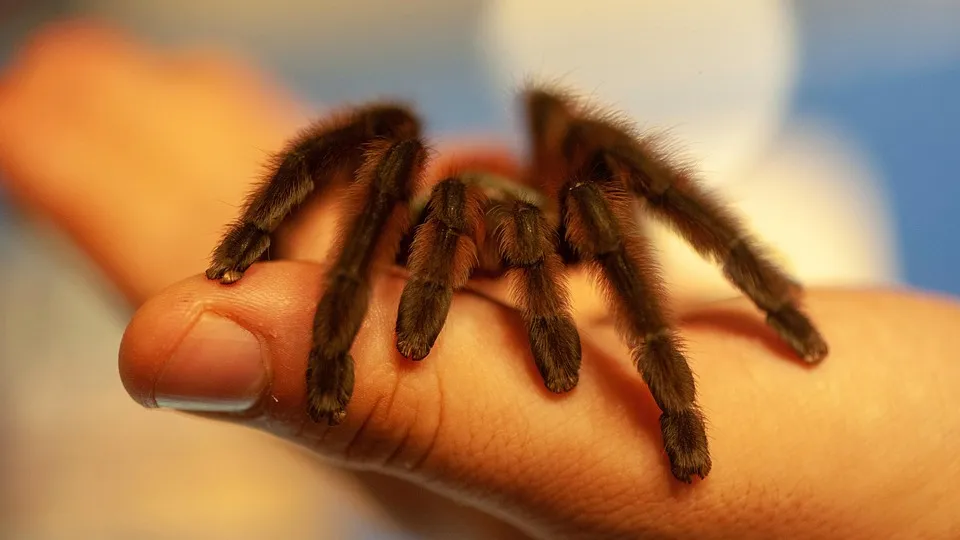Baby Antilles Pinktoe Tarantula Care Guide
The Baby Antilles Pinktoe Tarantula (Avicularia versicolor) is a stunning and captivating species, popular among tarantula enthusiasts. Their vibrant coloration, docile temperament, and manageable size make them an excellent choice for both novice and experienced keepers. However, like any pet, they require specific care to thrive. This guide provides a comprehensive overview of caring for your Baby Antilles Pinktoe Tarantula, ensuring its health and well-being. From understanding their origins and habitat needs to feeding and recognizing molting signs, this article covers everything you need to know.
Understanding Baby Antilles Pinktoe Tarantulas
Before bringing a Baby Antilles Pinktoe Tarantula home, it’s essential to understand its natural history and behaviors. This knowledge is crucial for creating an environment that meets its needs and allows it to thrive. Understanding their specific requirements contributes significantly to their lifespan and overall well-being, setting you up for a successful pet-keeping experience. They are arboreal tarantulas, meaning they live in trees. This information is vital when designing their enclosure.
Origins and Characteristics
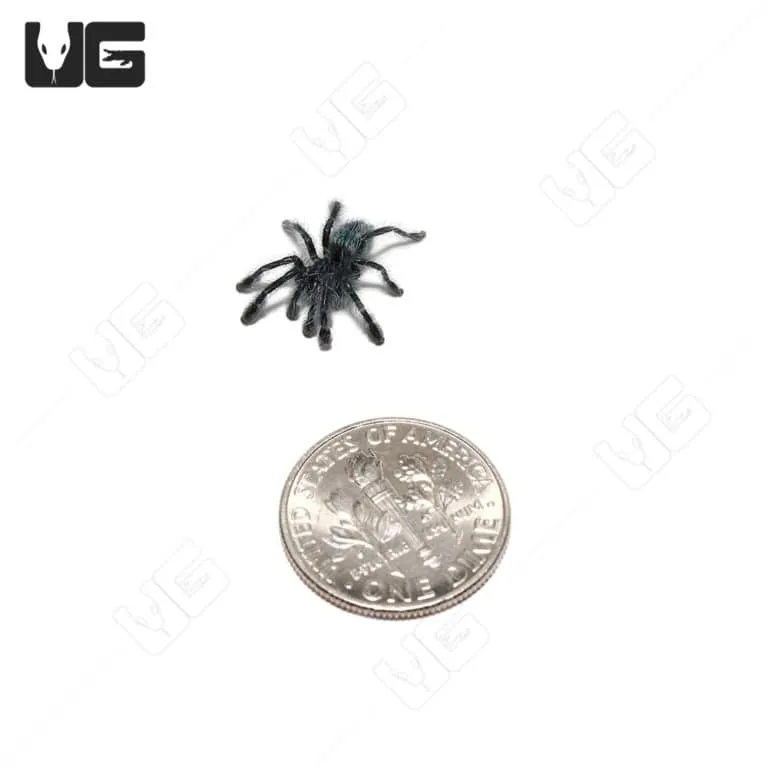
Native to the rainforests of Guadeloupe and Martinique in the Caribbean, the Baby Antilles Pinktoe Tarantula boasts striking colors. Their carapace is typically a metallic green or gold, and their legs transition from a vibrant pink to a deep blue or purple as they mature. These tarantulas are known for their relatively small size, with adults reaching a leg span of approximately 5-6 inches. Their arboreal nature means they are well-adapted to climbing and living in elevated environments. Understanding their origins helps replicate their natural habitat, which is crucial for their health and well-being. Their beauty and unique characteristics make them a favorite among tarantula keepers.
Temperament and Handling
Baby Antilles Pinktoe Tarantulas are generally docile but can be skittish. Handling should be kept to a minimum, as it can stress the tarantula. If handling is necessary, it should be done carefully and gently, avoiding sudden movements. Always wash your hands before and after handling, and be mindful of the tarantula’s delicate body. While their venom is not considered medically significant to humans, they can still bite if they feel threatened. Observe their behavior, and if they appear agitated, it’s best to leave them alone. Consider the tarantula’s safety first, and handling should be done for brief periods only. Some tarantulas are calmer than others, but caution is always advised.
Creating the Perfect Habitat
Creating the right habitat is essential for the health and happiness of your Baby Antilles Pinktoe Tarantula. This includes the correct enclosure, substrate, temperature, and humidity. Mimicking their natural environment will help your tarantula feel secure and thrive. A well-designed enclosure will not only provide a comfortable living space but also allow you to observe your tarantula’s fascinating behaviors. The following sections provide detailed guidance on setting up the ideal habitat, taking into account the tarantula’s specific needs and preferences.
Enclosure Size and Setup
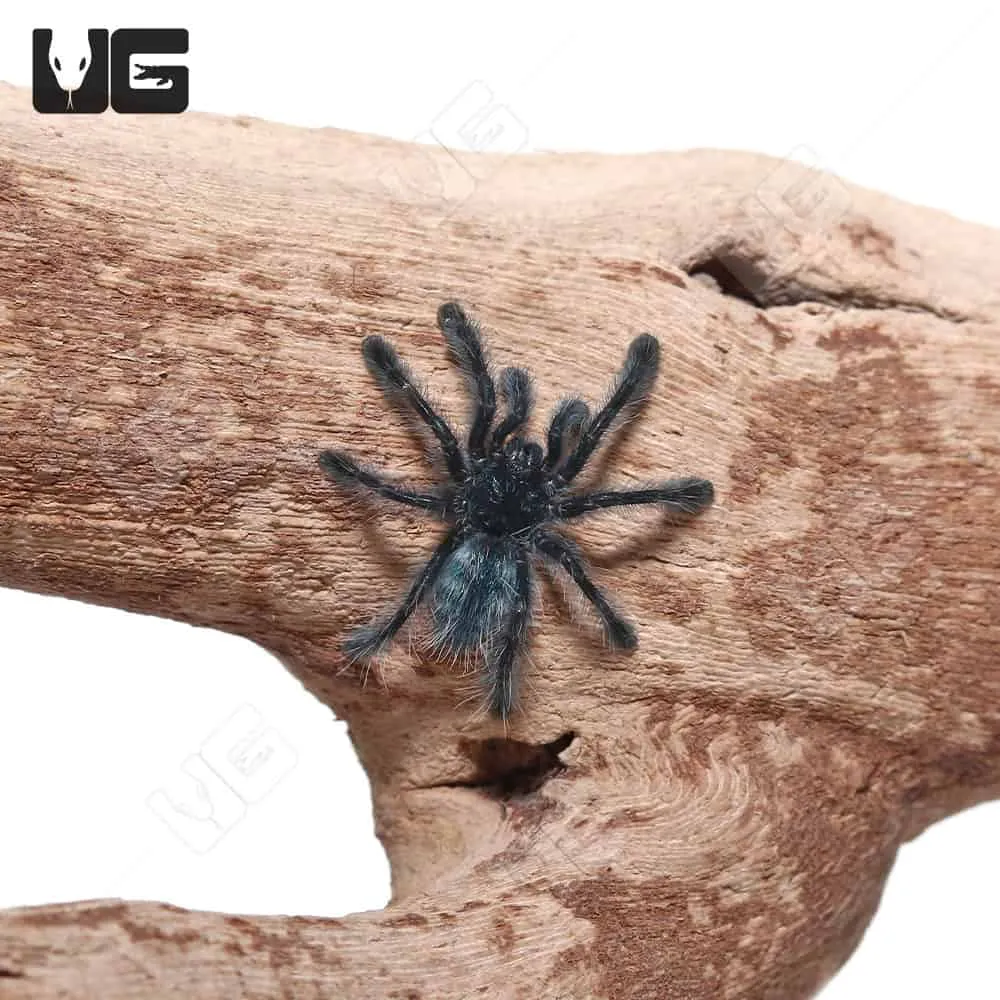
For a baby, a small enclosure like a deli cup or a small arboreal terrarium (e.g., 4x4x8 inches) is suitable. As they grow, you’ll need to upgrade to a larger terrarium (e.g., 12x12x18 inches) to accommodate their size. The enclosure should be well-ventilated with cross-ventilation to prevent mold and maintain airflow. The lid should be secure to prevent escapes. Include vertical elements such as cork bark, branches, or artificial plants to provide climbing opportunities, as these tarantulas are arboreal. Ensure the enclosure is secure and escape-proof, since they are fast. Always prioritize ventilation to maintain a healthy environment.
Substrate and Decor
The substrate should be a mixture of coconut fiber, peat moss, and a small amount of vermiculite. This combination retains moisture while allowing for good drainage. The substrate should be deep enough for the tarantula to burrow if it chooses, although they usually prefer to make webs in elevated areas. Adding decorations like cork bark, artificial plants, and branches will provide climbing areas and hiding spots, enriching the environment. Avoid sharp objects that could injure your tarantula. Ensure the decor is securely placed to prevent it from falling and potentially harming your pet. A naturalistic setup will make the enclosure more appealing and provide a more enriching environment.
Temperature and Humidity Control
Maintain a temperature between 75-80°F (24-27°C). Use a heat lamp or a heat pad on the side of the enclosure, ensuring it doesn’t get too hot. Humidity levels should be maintained between 70-80%. Use a hygrometer to monitor the humidity. Mist the enclosure with dechlorinated water 2-3 times a week, or as needed, to maintain the correct humidity levels. Proper ventilation is also crucial to prevent mold and bacterial growth. Avoid direct sunlight, as it can overheat the enclosure. Consistent temperature and humidity are vital for your tarantula’s health and molting process. Ensure the temperature gradient is maintained, with a cooler side and a warmer side, allowing the tarantula to regulate its body temperature.
Feeding Your Baby Antilles Pinktoe Tarantula
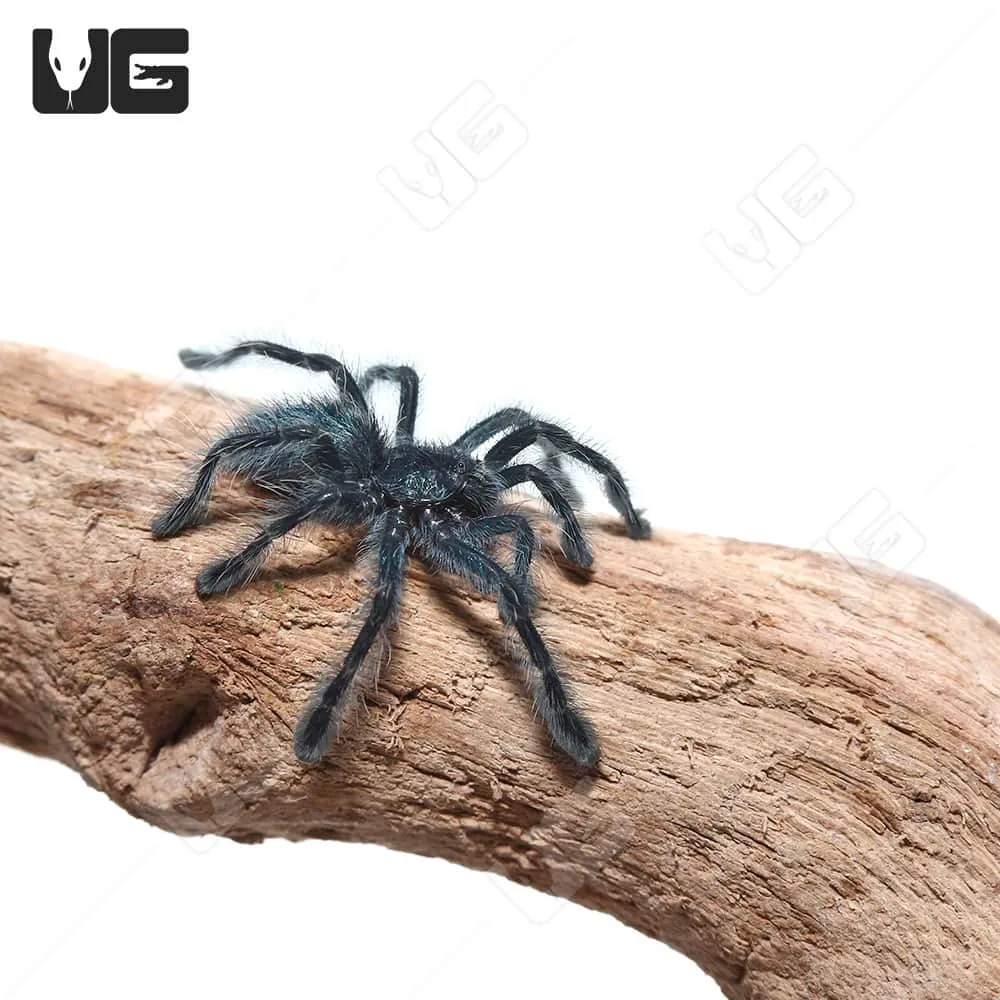
Feeding your Baby Antilles Pinktoe Tarantula is a crucial aspect of their care. Understanding their dietary needs and providing a balanced diet will ensure they grow healthy and strong. They are opportunistic feeders and will eat a variety of insects. The frequency of feeding depends on the tarantula’s age and size. Regular feeding ensures they get all the nutrients they need to thrive. Always remove uneaten food to prevent the build-up of mold and mites in the enclosure. A well-fed tarantula is a happy tarantula, so providing the right nutrition is a priority. The following sections detail everything you need to know about feeding your pet.
Appropriate Diet and Feeding Schedule
Baby Antilles Pinktoe Tarantulas primarily feed on insects. Good options include pinhead crickets, flightless fruit flies, and small roaches. Feed slings (baby tarantulas) 2-3 times a week. Juveniles can be fed every 5-7 days, and adults can be fed every 7-10 days. The food item should be no larger than the tarantula’s abdomen. Overfeeding can lead to a tarantula being less active, and underfeeding can affect the tarantula’s growth. Always observe your tarantula’s eating habits and adjust the feeding schedule accordingly. Varying the diet with different insects ensures they receive a wide range of nutrients. Gut-load the insects with nutritious food before feeding them to your tarantula to maximize the nutritional value.
Watering and Hydration
Provide a shallow water dish with fresh, dechlorinated water at all times. Ensure the water dish is small enough to prevent the tarantula from drowning. The tarantula will drink from the dish or from water droplets on the enclosure walls after misting. Check the water dish daily and refill it as needed. For slings, a small water source such as a bottle cap with water-soaked cotton is often recommended. Clean the water dish regularly to prevent bacterial growth. Proper hydration is essential for their health and molting process. Ensure the tarantula has access to fresh water at all times.
Molting and Growth
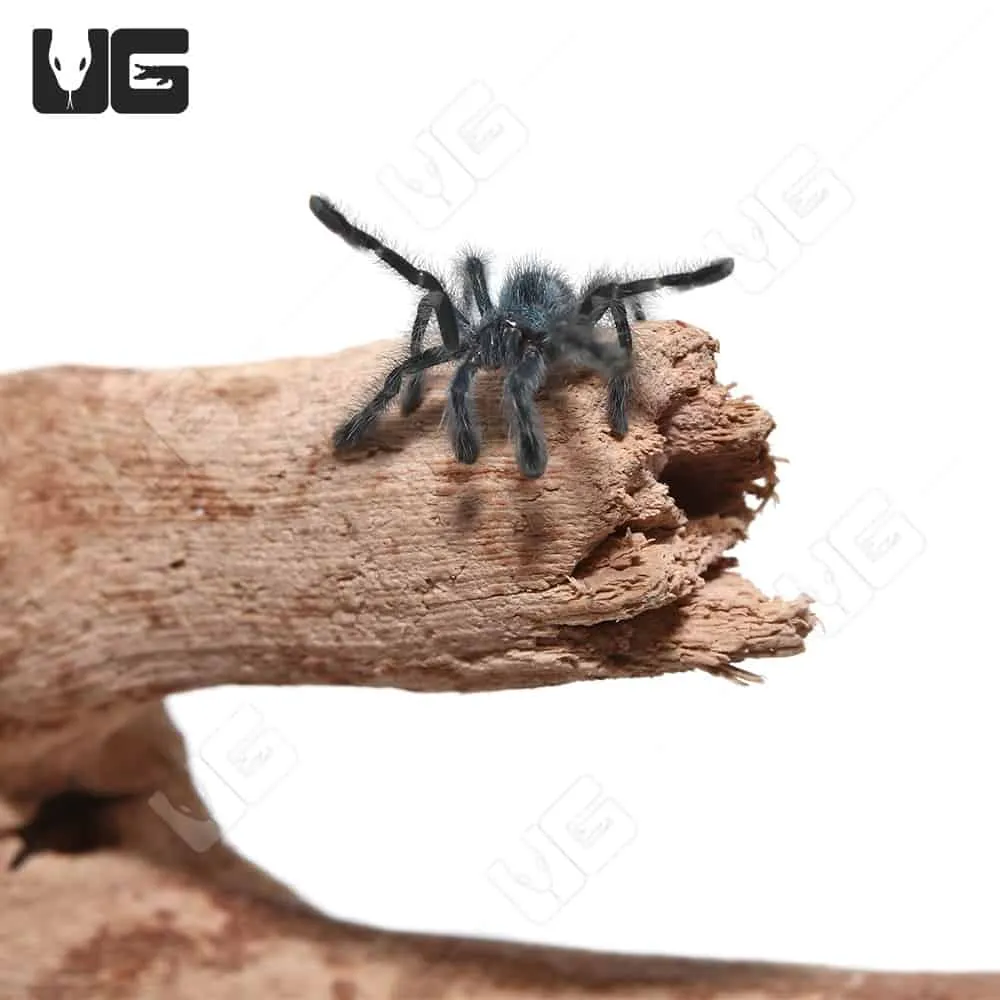
Molting is a natural process where the tarantula sheds its exoskeleton to grow. During molting, the tarantula is vulnerable. Understanding the molting process and providing appropriate care during this time is essential for your tarantula’s well-being. The frequency of molting depends on the tarantula’s age and growth rate. Always be patient during the molting process and avoid disturbing your tarantula. Providing a safe environment will significantly improve the chance of a successful molt. Watching your tarantula molt is a unique and rewarding experience for any keeper.
Recognizing Molting Signs
Before molting, your tarantula may become less active and may stop eating. Their abdomen may appear darker, and they may build a thick web mat on the ground. The tarantula might also lie on its back, which is normal during the molting process. Avoid disturbing the tarantula during this time. Ensure the enclosure has proper humidity levels to aid the molting process. If you see these signs, leave the tarantula undisturbed and avoid feeding until it has successfully molted. This process can take anywhere from a few minutes to several hours, depending on the size of the tarantula.
Post-Molting Care
After molting, the tarantula’s exoskeleton will be soft. Avoid handling the tarantula until its exoskeleton has hardened, which can take several days. Provide a fresh water source. Resume feeding about a week after molting. Your tarantula will be hungry and will eat readily. Observe the tarantula to ensure it is eating and moving normally. The colors of your tarantula will be brighter after a molt. The molted exoskeleton is a good indication of the tarantula’s health. Do not attempt to remove the old exoskeleton; the tarantula will do this itself. After the molt, the tarantula will also be much larger.
Health and Common Issues
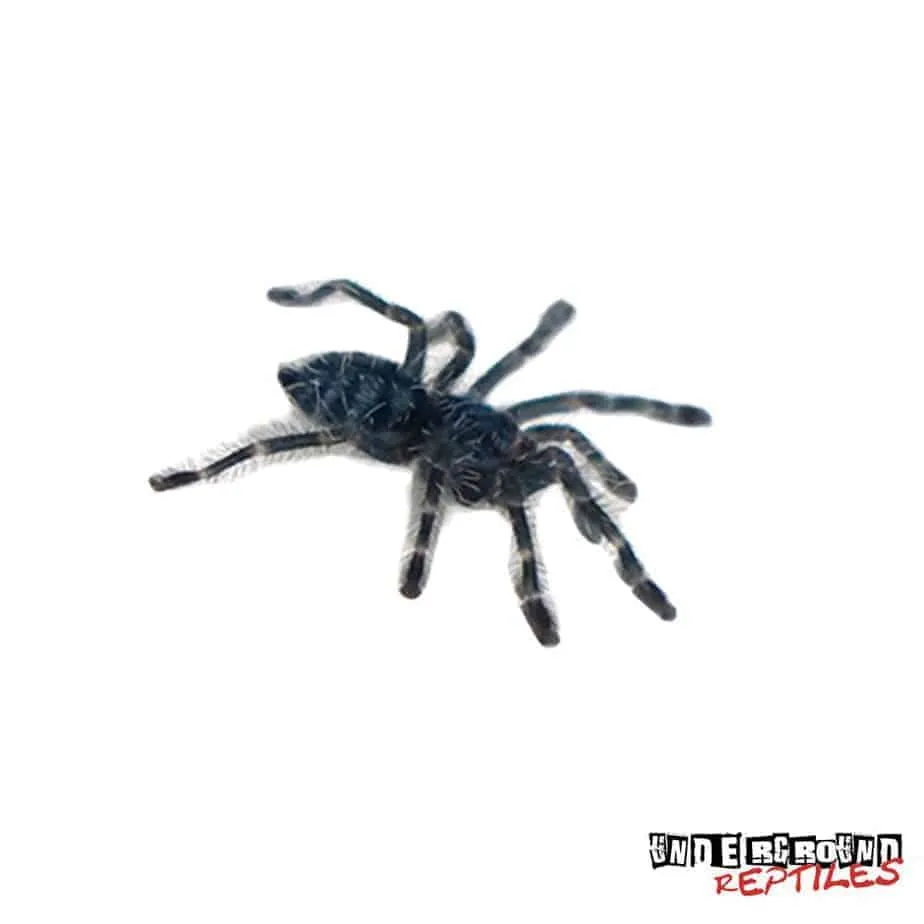
Baby Antilles Pinktoe Tarantulas are generally hardy, but like any pet, they can be susceptible to health issues. Recognizing potential problems and taking preventative measures is crucial. Regular observation of your tarantula’s behavior, feeding habits, and appearance is essential. This section outlines common health issues and preventative measures to keep your tarantula healthy and happy. The more you know about potential health concerns, the better equipped you will be to ensure your pet’s longevity.
Identifying and Preventing Health Problems
Common issues include dehydration, mites, and fungal infections. Dehydration can be caused by low humidity or lack of access to water. Mites can be introduced through substrate or feeder insects; quarantine any new additions and inspect them thoroughly. Fungal infections are often caused by poor ventilation or unsanitary conditions. Prevent health issues by maintaining proper temperature and humidity levels, providing a clean environment, and quarantining new additions before introducing them to the main enclosure. Ensure the enclosure is well-ventilated to prevent fungal growth. Regular cleaning and inspection are crucial in preventing health problems. If you suspect a health issue, isolate the tarantula and consult with a veterinarian or experienced tarantula keeper.
When to Consult a Vet
If you notice any of the following signs, it’s time to consult a veterinarian experienced with exotic pets. These signs include lethargy, loss of appetite, difficulty molting, unusual behavior, or any visible signs of injury or illness. A veterinarian can diagnose the problem and recommend appropriate treatment. While tarantulas are generally low-maintenance, seeking professional advice when necessary is essential. It is important to seek a vet that knows the needs of exotic pets. They can provide expert advice. Early intervention can often prevent serious complications, ensuring your tarantula’s long-term health.
Caring for a Baby Antilles Pinktoe Tarantula is a rewarding experience. By following the guidelines in this care guide, you can ensure your pet thrives and lives a long, healthy life. Remember to provide a suitable habitat, a balanced diet, and regular care. Enjoy the unique experience of keeping these stunning creatures. With proper care, your Baby Antilles Pinktoe Tarantula will bring you years of enjoyment. Enjoy watching them grow and thrive under your care.
